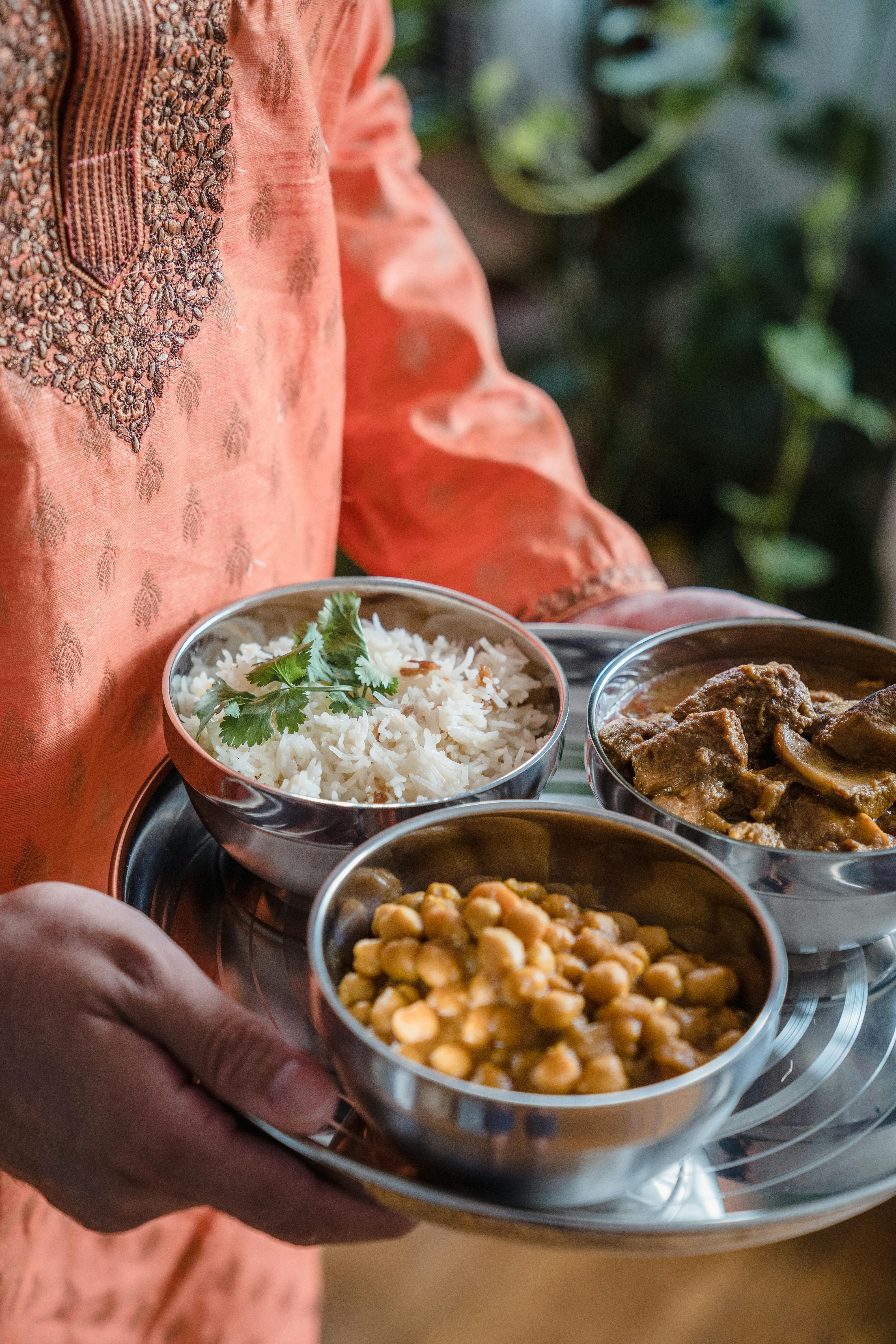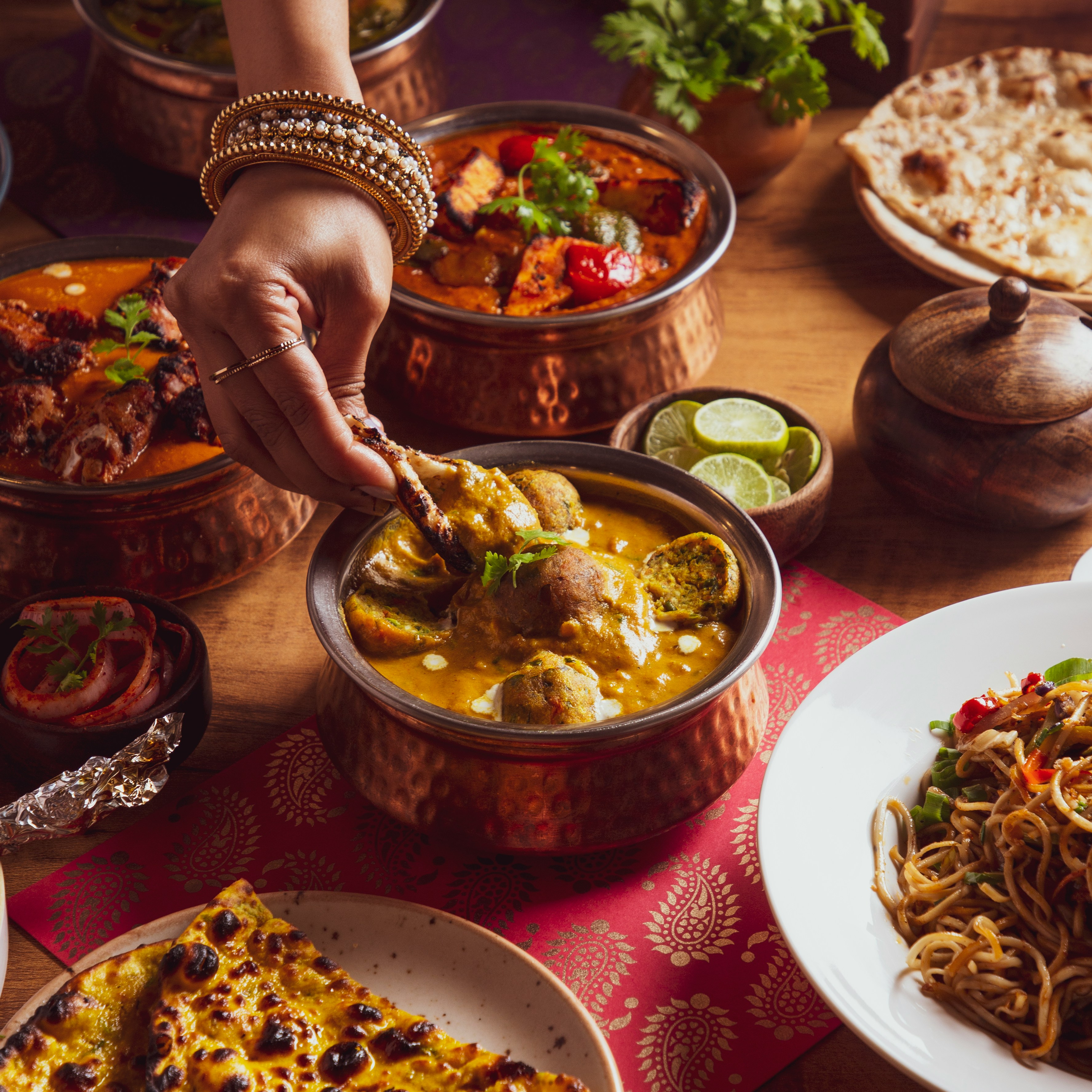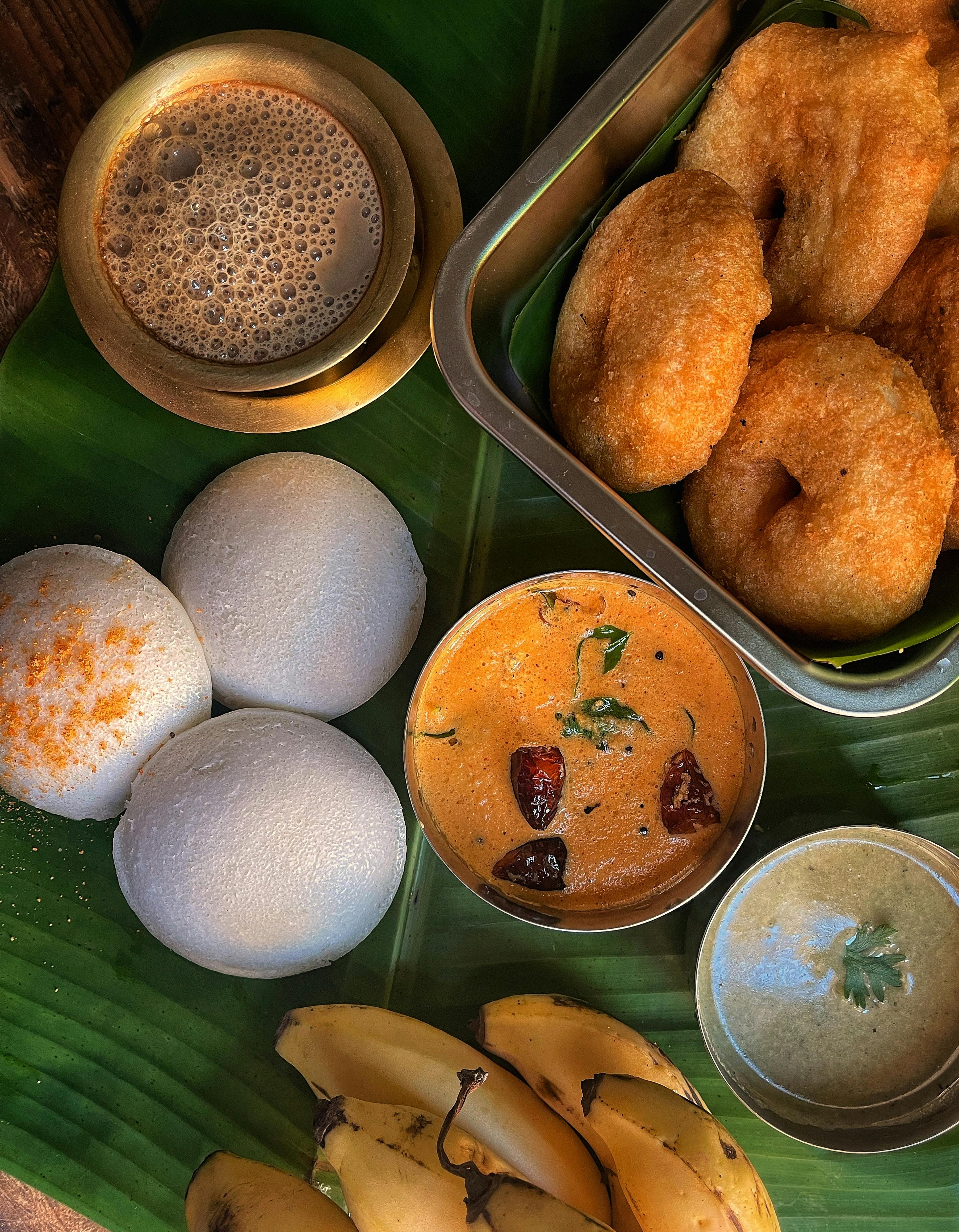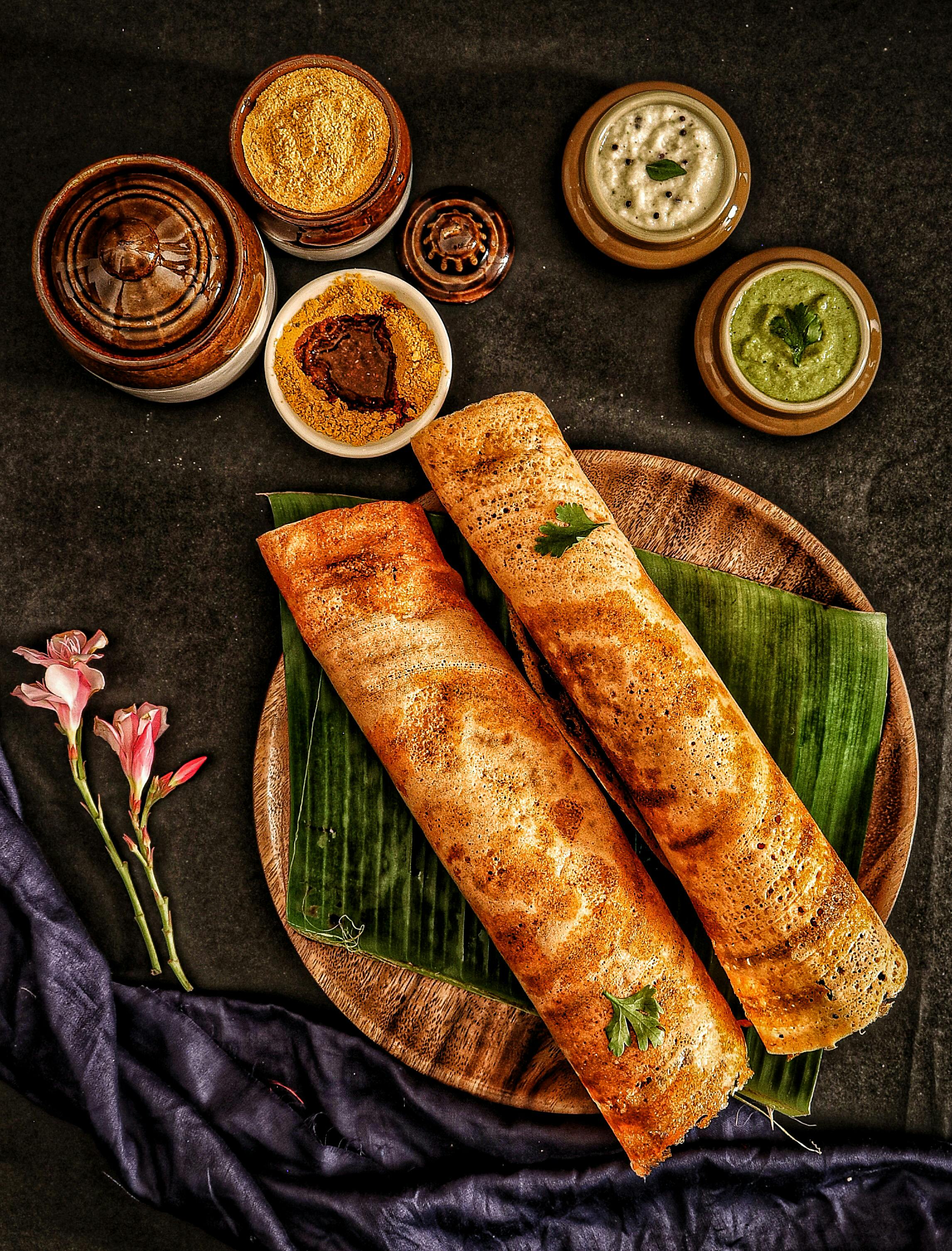
The Royal Heritage of North Indian Cuisine
North Indian cuisine stands as one of the world’s most celebrated culinary traditions, renowned for its aromatic spices, rich gravies, and tandoor-cooked delicacies. But behind every buttery naan and velvety curry lies centuries of fascinating history, cultural exchange, and culinary innovation. This exploration takes you through the historical journey of North Indian cuisine—from the lavish kitchens of Mughal emperors to the beloved dishes found in modern restaurants across America.
The Foundations of North Indian Cuisine
Long before the arrival of foreign influences, North Indian cooking had established its own distinct identity, shaped by geography, climate, and agricultural practices.
Ancient Culinary Roots
The earliest foundations of North Indian cuisine can be traced back to the Indus Valley Civilization (3300-1300 BCE), where archaeological evidence shows the cultivation of wheat, barley, and lentils—staples that remain fundamental to North Indian cooking today. The discovery of tandoor-like clay ovens at excavation sites suggests that some cooking techniques have persisted for millennia.
Ancient texts like the Vedas mention various food preparations, including the use of dairy products such as ghee (clarified butter) and the consumption of wheat-based breads. This early period established the vegetarian foundation that would later be complemented by meat dishes introduced through various cultural exchanges.
Geographic Influences
North India’s fertile plains, watered by rivers like the Ganges and Yamuna, created ideal conditions for wheat cultivation, explaining the region’s preference for wheat-based breads over the rice predominant in southern regions. The cooler climate also favored dairy farming, making milk products central to North Indian cuisine.
The proximity to Central Asia and the Middle East via the northwestern frontier opened pathways for trade and cultural exchange, setting the stage for the significant culinary transformations that would follow.
The Transformative Mughal Influence
Perhaps no single influence has been more profound on North Indian cuisine than that of the Mughal Empire, which ruled much of the Indian subcontinent from the 16th to the 19th century.
The Arrival of Mughal Cuisine
When Babur founded the Mughal Empire in 1526, he brought with him Central Asian culinary traditions that would forever change Indian cooking. The Mughals introduced new ingredients, cooking techniques, and aesthetic sensibilities that elevated Indian cuisine to new heights of sophistication.
The imperial kitchens became laboratories of culinary innovation, where Persian, Turkic, and Afghan cooking methods merged with indigenous Indian traditions. Court chronicles describe elaborate feasts featuring dozens of dishes, showcasing the importance of food in Mughal court culture.
Key Mughal Contributions
- New ingredients: The Mughals introduced fruits like apricots, peaches, and melons, as well as nuts like pistachios, almonds, and cashews—ingredients that became essential to North Indian desserts and rich gravies
- Meat preparations: While meat was consumed in India before the Mughals, they refined meat cookery with techniques like slow-cooking and marination, leading to the development of kebabs, koftas, and rich meat curries
- Aromatic rice dishes: The elaborate preparation of pulao and biryani, with their layered flavors and aromatic spices, became signature Mughal contributions
- Refined breads: Naan, sheermal, and other leavened breads were perfected in the Mughal period, complementing the rich gravies of the cuisine
- Cooking techniques: The dum pukht method (slow-cooking in sealed containers) was refined during this period, creating dishes of remarkable depth and flavor
The Evolution of Tandoori Cooking
While clay ovens had existed in India for centuries, the tandoor as we know it today reached its pinnacle of importance during the Mughal era and subsequent periods. The tandoor’s ability to reach extremely high temperatures made it perfect for quickly cooking marinated meats and breads.
The story of tandoori chicken—now an iconic North Indian dish—illustrates this evolution. Legend attributes its modern form to Kundan Lal Gujral, who in the 1920s in Peshawar (now in Pakistan) experimented with cooking chicken in the tandoor, previously used primarily for bread. After Partition in 1947, Gujral relocated to Delhi, where his restaurant Moti Mahal popularized tandoori chicken and later invented butter chicken by using leftover tandoori chicken in a tomato-cream sauce.
This innovation exemplifies how North Indian cuisine continued to evolve even after the Mughal period, adapting and creating new traditions that honored historical techniques while meeting changing tastes and circumstances.
Iconic North Indian Dishes and Their Origins
Many beloved North Indian dishes have fascinating origin stories that reflect the region’s complex cultural history.
Royal Creations
- Rogan Josh: This aromatic lamb curry, whose name means “cooked in oil with intense heat,” came to Kashmir with Persian and Afghan influences. The distinctive red color traditionally comes from dried Kashmiri chilies rather than tomatoes
- Murgh Musallam: A whole chicken stuffed with eggs and spices, this elaborate dish exemplifies Mughal court cooking, where presentation was as important as flavor
- Nihari: Originally a breakfast dish for Nawabs (after morning prayers), this slow-cooked meat stew was simmered overnight in the royal kitchens of Delhi and Lucknow
- Biryani: While debates about its exact origins continue, this layered rice and meat dish evolved in the royal kitchens of various North Indian states, each developing their own regional variations
Culinary Innovations Born of Necessity
- Butter Chicken (Murgh Makhani): As mentioned earlier, this beloved dish was created as a way to repurpose leftover tandoori chicken, demonstrating the resourcefulness that has often driven culinary innovation
- Dal Makhani: This rich black lentil dish gained prominence after Partition, when the same Kundan Lal Gujral who popularized tandoori chicken developed this slow-cooked lentil preparation that has become a North Indian restaurant staple
- Samosa: While its origins lie in Middle Eastern meat-filled pastries called sambosa, the Indian samosa evolved to include vegetarian fillings of potatoes and peas, becoming a beloved street food throughout North India

The Evolution of the Curry
The concept of “curry” as understood in the West represents a complex evolution of North Indian gravy dishes. The word itself comes from the Tamil “kari,” meaning sauce, but was adapted by the British to describe a wide range of Indian dishes with gravies.
Traditional North Indian gravies are incredibly diverse, from the yogurt-based korma to the tomato-butter base of makhani dishes to the onion-based foundation of rogan josh. Each has specific techniques and ingredient proportions that have been refined over centuries.
Regional Variations Within North India
While often grouped together, North Indian cuisine encompasses distinct regional traditions, each with unique characteristics and specialties.
Punjabi Cuisine
Perhaps the most internationally recognized North Indian cuisine, Punjabi food is characterized by its robustness and liberal use of dairy products. The fertile Punjab region’s agricultural abundance is reflected in dishes like:
- Sarson da Saag: Mustard greens slow-cooked and typically served with makki di roti (cornbread)
- Chole Bhature: Spiced chickpeas served with fried bread
- Amritsari Fish: Spiced, battered fish from the holy city of Amritsar
- Tandoori preparations: The tandoor oven features prominently in Punjabi cooking, used for breads like naan and paratha as well as marinated meats
Kashmiri Cuisine
The northernmost region of India has developed a distinctive cuisine influenced by its mountainous geography and historical connections to Central Asia:
- Wazwan: A multi-course ceremonial feast that can include up to 36 courses, mostly meat-based
- Rogan Josh: The iconic red lamb curry mentioned earlier
- Dum Aloo: Whole potatoes in a spiced yogurt gravy
- Kahwa: Green tea infused with saffron, cardamom, and almonds
Awadhi Cuisine (Lucknow)
The refined cuisine of Lucknow (formerly Awadh) represents the height of Mughal-influenced North Indian cooking, known for its delicate flavors and elaborate preparation methods:
- Galouti Kebab: Ultra-tender minced meat patties originally created for a toothless Nawab
- Lucknowi Biryani: A more subtle, aromatic version of the layered rice dish, distinct from the spicier Hyderabadi variant
- Nihari: The slow-cooked meat stew mentioned earlier
- Sheermal: Saffron-flavored flatbread
Rajasthani Cuisine
Developed in a desert state where water and fresh vegetables were scarce, Rajasthani cuisine adapted with ingenious cooking methods and preservation techniques:
- Dal Baati Churma: Baked wheat balls served with lentils and a sweetened crumbled wheat mixture
- Laal Maas: Fiery red mutton curry made with Mathania chilies
- Ker Sangri: A dish made from dried desert berries and beans
- Ghevar: A disc-shaped sweet made with flour and soaked in sugar syrup
North Indian Cuisine in America: Adaptation and Evolution
The journey of North Indian cuisine to American restaurants represents another chapter in its continuing evolution, with both preservation of traditions and necessary adaptations.
The Arrival and Spread
Indian restaurants began appearing in significant numbers in the United States in the 1960s and 1970s, following changes to immigration laws that allowed more South Asians to immigrate. Early restaurants often presented a pan-Indian menu dominated by North Indian dishes, which were generally more familiar to Western palates than South Indian specialties.
The “curry house” model, borrowed from the UK, became the standard format, with tandoori appetizers, a selection of curries with varying heat levels, and naan bread. This format made Indian food accessible but sometimes reduced the cuisine’s diversity to a limited set of familiar dishes.
Adaptations to American Tastes
Several adaptations became common as North Indian cuisine established itself in America:
- Adjusted spice levels: Heat levels were often moderated, with restaurants offering customizable spice scales
- Increased creaminess: Many restaurants emphasized the rich, creamy textures of dishes like butter chicken and tikka masala
- Vegetable additions: More vegetables were sometimes added to traditional meat dishes to appeal to American preferences
- Fusion innovations: Creative chefs began developing dishes like “Bombay burritos” and curry pizzas, blending Indian flavors with familiar American formats
The New Wave of Authenticity
In recent years, a new trend has emerged in Indian restaurants across America—a return to regional specificity and traditional preparations. This movement has been driven by:
- More knowledgeable diners: American food enthusiasts increasingly seek authentic experiences rather than adapted versions
- Chef-driven restaurants: A new generation of Indian-American chefs is presenting personal interpretations of their culinary heritage
- Regional specialization: Restaurants focusing specifically on Punjabi, Awadhi, or other regional cuisines rather than generic “Indian food”
- Ingredient availability: Improved access to authentic Indian ingredients allows for more traditional preparations
Finding Authentic North Indian Cuisine in America
For those seeking to experience the rich history of North Indian cuisine in America, here are some tips for finding authentic dishes:
What to Look For
- Regional specificity: Restaurants that proudly identify with specific regions (Punjabi, Awadhi, etc.) rather than generic “Indian cuisine”
- Tandoor-cooked breads: Authentic naan has characteristic blistering and char marks from the tandoor
- Balanced spicing: True North Indian cuisine features complex spice blends where no single spice dominates
- Beyond the standards: Menus that go beyond butter chicken and tikka masala to include regional specialties
- House-made dairy products: Restaurants making their own paneer (cheese) and yogurt often show greater commitment to authenticity
Recommended Dishes to Try
To experience the breadth of North Indian cuisine beyond the most familiar dishes, consider trying:
- Dal Makhani: The slow-cooked black lentil dish that showcases how humble ingredients can be transformed into something extraordinary
- Rogan Josh: The aromatic Kashmiri lamb curry that demonstrates the sophisticated spicing of North Indian cuisine
- Sarson da Saag: This mustard green preparation offers a taste of rural Punjabi traditions
- Galouti Kebab: The melt-in-your-mouth patties that represent the refinement of Awadhi cuisine
- Amritsari Chole: The spiced chickpea dish that’s a staple in Punjabi homes
Conclusion: A Living Culinary Heritage
North Indian cuisine’s rich history reflects the broader story of cultural exchange, innovation, and adaptation that has shaped the Indian subcontinent. From ancient indigenous traditions to Mughal refinements to modern restaurant adaptations, this cuisine continues to evolve while maintaining connections to its historical roots.
The next time you enjoy a piece of tandoori chicken or tear into a garlic naan, remember that you’re participating in a culinary tradition that has been shaped by centuries of history—by emperors and home cooks, by necessity and luxury, by preservation and innovation. North Indian cuisine isn’t just delicious; it’s a living museum of cultural history, served on a plate.
Related Articles

A Journey Through South Indian Cuisine: Beyond Dosas and Idlis
Discover the incredible diversity of South Indian cooking across Tamil Nadu, Kerala, Karnataka, and ...

Beyond the Familiar: Lesser-Known Regional Indian Cuisines
Venture beyond butter chicken and tikka masala to discover India's hidden culinary gems from regions...